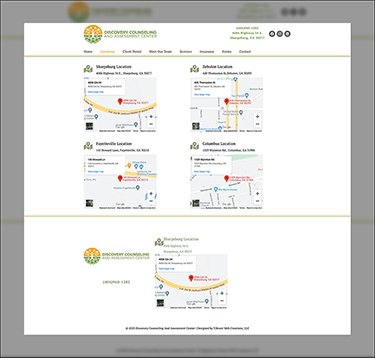
Web App Integrations
Integrate Software and Systems with your websiteWeb App Integrations, or better known as APIs (Application Programming Interfaces) are the backbone of modern
software development. They serve as the connection between different
applications, allowing them to communicate and interact with one another.
Quick Explanation About APIs

APIs abstract the underlying complexities of software and expose a set of well-defined interfaces that can be leveraged to create innovative applications.
They make it possible to combine the power of multiple platforms, services, and tools, opening up a world of possibilities for businesses to apply to their websites.
Examples of APIs
- Payment Gateways
Payment gateways such as Paypal, Quickbooks (yes, you read that correctly), Square and other companies APIs to connect e-commerce websites with their payment processing systems. These APIs enable secure and seamless transactions, allowing customers to make purchases using different payment methods.
- Shipping and Tracking
Shipping companies like FedEx and UPS offer APIs that e-commerce platforms can integrate into their websites to provide real-time shipping rates and tracking information. These APIs allow customers to see accurate shipping costs and track their orders without leaving the e-commerce site.
- Authentication & User Data
APIs are also used for authentication and accessing user data from social media platforms. Applications can utilize APIs such as Facebook Login or Google Sign-In to offer users the option to sign up or log in using their social media accounts. This not only simplifies the user registration process but also allows applications to access certain user data (with user consent), enabling personalized experiences and social interactions within the app.
- Google Maps
The Google Maps API is a set of programming tools and interfaces provided by Google that allows developers to embed Google Maps functionality on their websites. This means that websites can display maps, plot locations, calculate distances, and perform various other map-related operations seamlessly using the Google Maps API.
The API provides developers with access to a vast array of features and functionalities, including geocoding, directions, street view, markers, and overlays. It can be used to create interactive maps that enhance the user experience and provide valuable information to website visitors.

